Flowers That Start With B – Flowers can be beautiful, they come in all kinds of shapes and sizes, some are large and colorful while others are small and elegant. This blog will look at some beautiful flowers that start with the letter B.
Flowers That Start With B – List Of Flowers That Name Starts With the Letter ‘B’
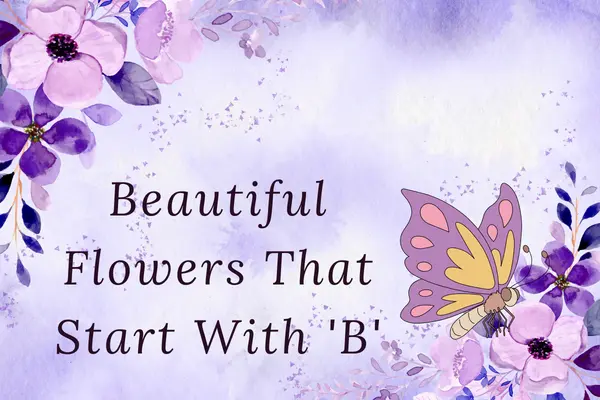
Bachelor’s Button
Centaurea cyanus (Bachelor‘s Button, Cornflower) is an annual flower in the family Asteraceae, native to Europe. It has been introduced as an ornamental flower in other parts of the world, and in some areas has become invasive. It grows to 40–60 cm (16–24 in) tall, with grey–green branched stems.
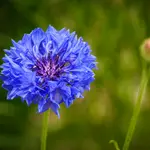
The leaves are lanceolate, 1.5–5 cm long. The flowers are most commonly an intense blue color, produced in flowerheads (capitula) 1.5–3.5 cm in diameter, with a ring of a few large, spreading ray florets surrounding a central cluster of disc florets; the flowerheads may be white, pink, purple, or yellow. The blue pigment is protocyanin, which in roses is red.
Balloon Flower
The balloon flower is a beautiful and unique flower that is native to Asia. The balloon flower gets its name from the fact that the blooms resemble balloons. The balloon flower is a member of the Campanulaceae family and is closely related to the bellflower.
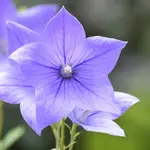
The balloon flower is a herbaceous perennial that typically grows to be about two feet tall. The leaves of the balloon flower are lanceolate shaped and are a deep green color. The balloon flower blooms in the summer and the blooms are blue, pink, or white in color. The balloon flower is a popular choice for gardens and is often used in cut flower arrangements.
Barberton Daisy
Barberton Daisy belongs to the Gerbera species of the daisy family. The plant is also known as the Transvaal daisy. The flowers are found in deep yellow, orange, pink, red, white, cream, and rose colors.
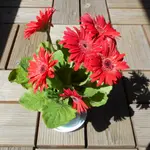
The flowers have a diameter of 10 cm and a long vase life of up to 2 weeks. The flowers are used in florist shops and in flower arrangements. The flowers are used in bouquets and as cut flowers. The flowers are found in Africa and the flowers are very popular in the African market.
Bee Balm
The Bee Balm flower is a beautiful, fragrant flower that blooms in the summer months and attracts bees, butterflies, and other pollinators. The Bee Balm flower is a member of the mint family and is native to North America.
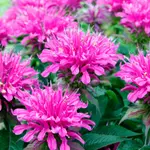
The Bee Balm flower gets its name from the fact that it is a favorite food source for bees. The Bee Balm flower is also a popular flower for making herbal teas. The Bee Balm flower is a member of the mint family, and its scientific name is Monarda didyma. The Bee Balm flower is a popular choice for gardens, and it is often used as a decoration in bouquets.
Bellflower
Bellflower is a flowering plant of the genus Campanula. It is native to the Mediterranean region, Asia, Europe, and North America. The plant has a spreading habit and produces blue or white bell–shaped flowers.
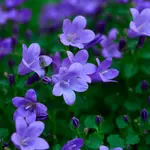
The Bellflower flower is a beautiful flower that is often used in bouquets and arrangements. Bellflower flowers have a wide range of colors, including white, pink, blue, and purple. The flowers are bell-shaped and have a long stems. The flowers are usually about 2 inches in diameter.
Bird of Paradise
The bird of paradise grows in lush, green foliage that‘s as pretty as a picture. The flowers really do look like exotic birds in flight, and they come in a rainbow of colors including orange, yellow, red, and pink.
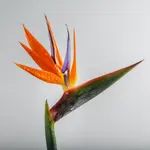
The bird of paradise is a tropical plant that‘s native to South Africa, and it‘s related to the banana. The bird of paradise is a popular houseplant, and it‘s also used as a landscaping plant in warm climates.
Black Eyed Susan
The Black–Eyed Susan flower is a member of the Asteraceae family that also includes daisies, sunflowers, coneflowers, and asters. Its scientific name is Rudbeckia hirta; it is also commonly called Gloriosa Daisy, Brown–eyed Susan, Yellow Ox–eye Daisy, Brown Betty, and Golden Jerusalem.
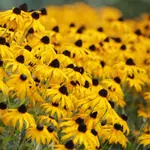
The Black–Eyed Susan is a native of the United States, but it has been naturalized in Europe, where it is often seen growing wild along roadsides.
The flower is an annual, which means it will grow, bloom and die in a single growing season. It is a very adaptable plant, however, and will grow in poor or rocky soil, and in full sun or partial shade. It is tolerant of hot, dry conditions, and is in fact quite drought–resistant. The Black–Eyed Susan is a relatively low–growing plant, getting only to be about 2 feet tall.
It has a basal rosette of hairy leaves, which are ovate and toothed. The leaves are dark green on top and paler green on the bottom. The flower heads are large, and yellow, with a black or brown center.
Bloodflower
Bloodflower is a member of the milkweed family. The plant is a perennial. The leaves are opposite and ovate, with a toothed margin. The leaves are 6–10 inches long and 3–5 inches wide.
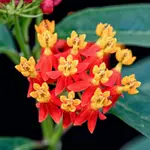
The flowers are borne in clusters at the end of the stem. The flowers are pink to purple in color and have 5 petals. The flowers are followed by seed pods that open to release white, silky seeds that are carried away by the wind. The plant blooms from June to September.
Bluebell
The bluebell is a wildflower that is native to the UK. It is a member of the bellflower family and has been used in traditional medicine for centuries.
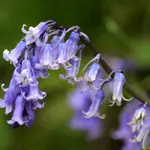
The bluebell is a herbaceous perennial plant that grows to a height of 30–60 cm. The leaves are lanceolate and the flowers are bell–shaped and blue in color. The bluebell flowers from April to May and is a popular plant for gardens and parks.
Bouvardia
Bouvardia is a genus of flowering plants in the family Rubiaceae. It contains approximately 50 species, all native to the Americas. It is named for Charles Bouvard (1572–1658), a French physician and superintendent of the Jardin des Plantes.
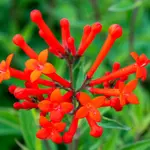
Bouvardia species are used as food plants by the larvae of some Lepidoptera species including Schinia Florida, which feed on B. ternifolia. Bouvardia is a genus of flowering plants in the family Rubiaceae. It contains approximately 50 species, all native to the Americas.
Bromelia
Bromeliads are characterized by the leaves forming a vase–like rosette around a central stem. The flowers grow from the center of the rosette and are long–lasting. The flowers of many species are brilliantly colored and attract hummingbirds.
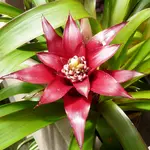
Bromeliads can be found in tropical areas of Central and South America as well as the Caribbean. Many species are epiphytic, meaning they grow on other plants.
Other popular bromeliads include the Spanish moss (Tillandsia usneoides), which is native to the southeastern United States, and the air plant (Tillandsia spp.), which is found in Mexico and Central America. Bromeliads are popular houseplants and are often used in landscaping in tropical areas. They are easy to care for and can be propagated by division or by removing offsets from the mother plant.